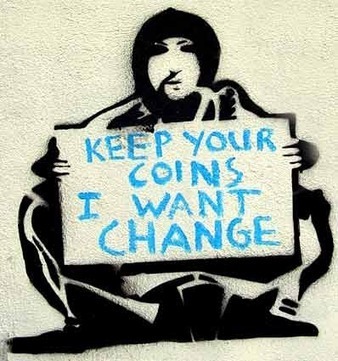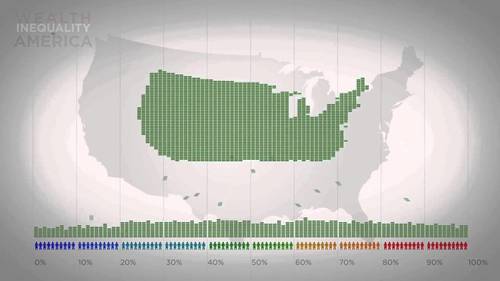See on Scoop.it – Global Consensus
It appears to me that in majority of discussions about life after capitalism and possible social-economic alternatives, a very familiar anxiety tends to surface and resurface. This anxiety, I argue, is both existential and social in nature. It is the result of what I describe as one of the most fundamental philosophical problems of the 21st Century: namely that if capitalism, as a system of in-direct domination, emerged in history as an alternative to systems of direct domination; how might we then formulate, in the present, a truly progressive and emancipatory alternative without reproducing direct or in-direct systems of domination?
See on www.heathwoodpress.com



